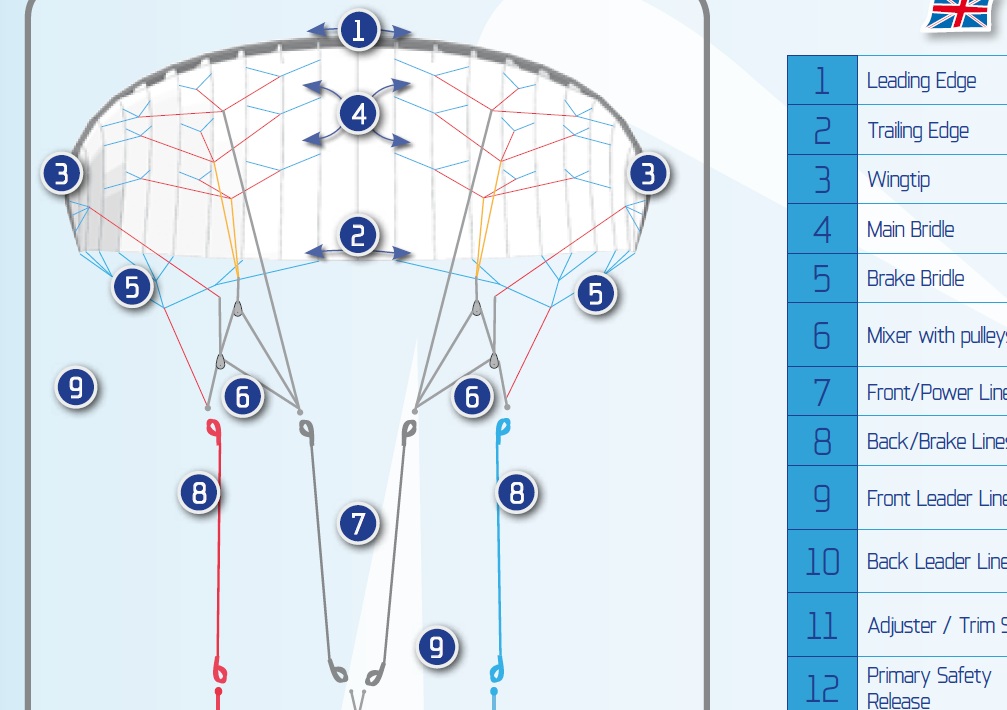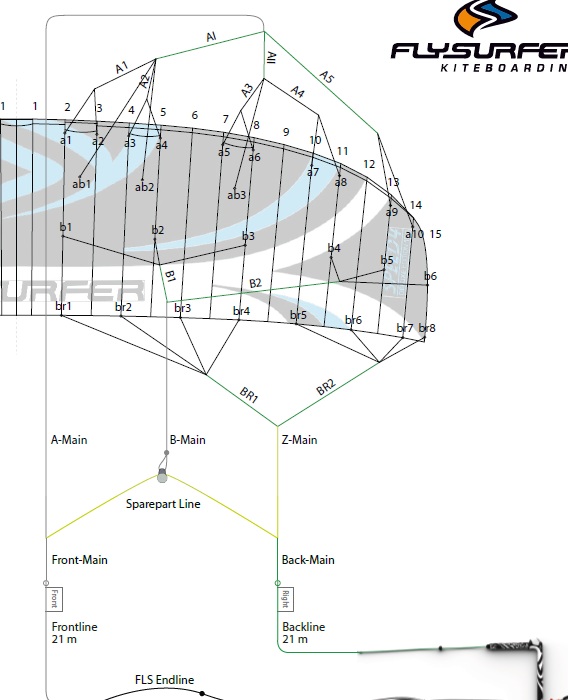next time your on the interstate roll your winda down and put your hand out............lay your hand flat allowing air to pass equally owner the top and bottom of your hand..............this is bar out.........now raise your fingertips......feel the air slow down put create power and lift............this equals bar in.....
remember this as your flying...........







